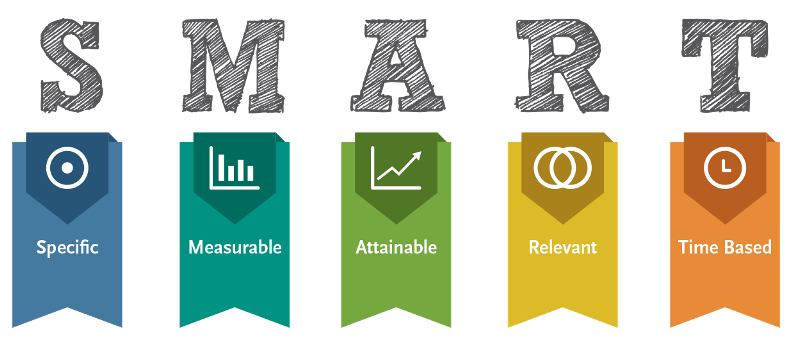-
Partner Services
- Curriculum Design & Development
- Faculty Development
- Instructor Staffing Services
-
Case Studies
- Colleges and Universities
- Columbus Council on World Affairs
- Nationwide
- Ohio Society of CPAs
- Supreme Court of Ohio Judicial College
- Degrees & Certificates
-
About Us
- Our Team
- Blog Archive
Categories
Authors
Archived Articles

How to Use Media Effectively in Online Courses
In the online higher education community, course designers are constantly trying to develop courses that reach beyond the learner simply staring at a static screen. With the instructor and the learner at a physical distance, there are many features we use to try and bridge that gap, from online class meetings via Adobe Connect to discussion board postings to other engaging activities designed specifically for achieving the learning outcomes. However, when it comes to simple content delivery in an online setting, breaking through the wall of text by providing learners with more engaging media can sometimes be difficult. Many people work to make course content more engaging by including media, which can range from images to videos to interactive games and learning experiences. But ask yourself- are you including this media in the most effective way, a way in which the media serves not only to break up the wall of text, but is actually essential to helping your learners understand the content you’re presenting?
It’s then essential to find a balance of using crucial pieces of media at strategic points in the course.
When you’re thinking about implementing media into your course, consider if the media does the following:
- Helps clarify a difficult concept
- Applies the concept to real-life situations
- Allows learners to reinforce/check their knowledge about a concept
Let’s quickly look at how each of these considerations can help your media be more effective.
Clarifies a Difficult Concept
One of the most strategic times to use media is if you’re trying to teach a complex topic, process, or cycle that students traditionally have a difficult time understanding.
For a complex process or cycle, a simple visual of the process/cycle could not only grab attention, but also help explain the process to learners in a way where they could visually grasp and retain exactly how the process runs or how the parts of the cycle interact with each other. A simple visual like this (which breaks down SMART goals) could be extremely effective:

Photo credit from https://commons.wikimedia.org/wiki/File:SMART-goals.png
Creating images is easy with online resources like www.canva.com and https://magic.piktochart.com.
For a complex topic, including a video or recorded explanation of the topic could help learners better grasp the topic. Not only would the video likely explain the concept in a different way than other readings, etc. the learner may have already completed, but this explanation could also go further in-depth. For example, if you were trying to explain a difficult statistics concept, you could use a video which discusses the concept, and then solves an example problem step-by-step. This way, the learner can go back and review the video as many times as necessary, whenever they may have questions on the topic throughout the course. Check out this example of an instructional video of a complex topic (which is Numberphile explaining why 0 factorial equals 1):
Applies to Real-Life Situations
Learners, especially adult learners, both learn and engage more if they can use what they are learning in their own lives or future careers. Therefore, using media to emphasize the real-life takeaways of a concept could be very effective. Infographics or even scenario-based trainings can walk learners through how to successfully master the concept to their benefit. For example, check out this scenario-based learning experience we developed to demonstrate how to use the Evaluation Process during a career as an instructional designer:

Provides a Knowledge Check
A final, effective use of media is to implement media that serves as a knowledge check or study guide for learners regarding course concepts. Let learners engage with the media and have fun as they test themselves on the concepts covered throughout the course. Games, such as crossword puzzles, matching, flash cards, jeopardy, and wheel of fortune, allow learners to check how well they understand a concept, as well as note any concepts they may find difficult to understand. There are some great online resources which makes it easy to create an incorporate games like these into your courses, such as https://quizlet.com and https://edpuzzle.com.
Articulate Storyline is also a great resource for developing media and knowledge checks; take a look at the knowledge checks in the instructional media we created for a Criminal Justice course.

To Summarize…
Using media effectively is crucial in online courses. Don’t just include an image or video because the course “needs a picture” or “needs a video.” Make those images, videos, games, and trainings count by using them in strategic situations. This media then effectively enhances the course content and helps the course become meaningful and memorable.
About the Author
Carolyn LevallyCarolyn LeVally is a content editor for Franklin University's International Institute for Innovative Instruction.
Copyright 2025 Franklin University